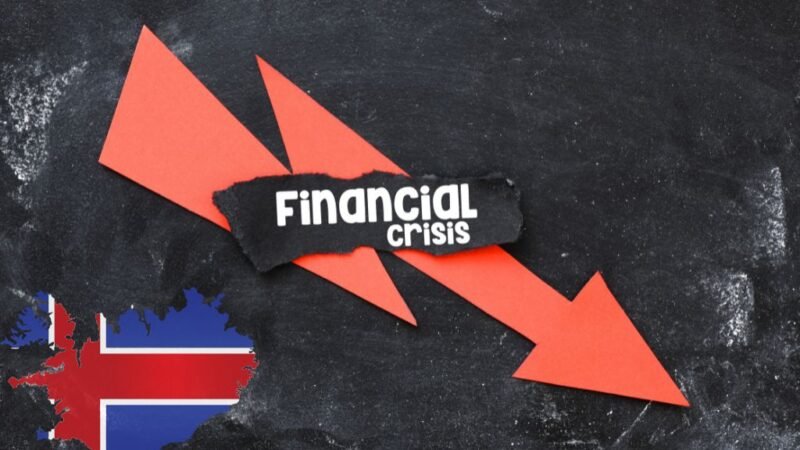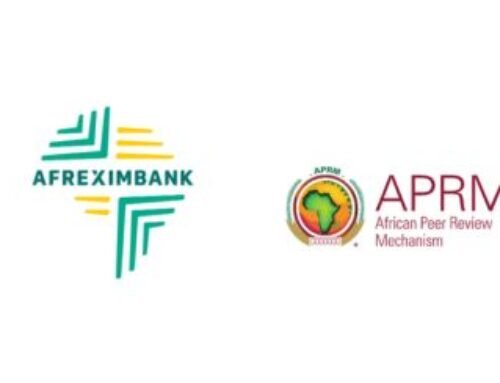
The Icelandic financial crisis, spanning from 2008 to 2010, had far-reaching economic and political implications, primarily centered around the collapse of the country’s three major banks: Kaupthing, Landsbanki, and Glitnir. These banks had experienced rapid expansion fueled by easy access to international credit markets, making them too big in comparison to Iceland’s GDP. This inherent systemic risk rang alarm bells for investors, leading to a sharp devaluation of the Icelandic króna in 2008 and mounting challenges for banks in managing their short-term debt.
To put things into perspective, Iceland’s external debt reached a staggering 9.553 trillion Icelandic krónur (€50 billion) by the end of Q2 2008—seven times the country’s 2007 GDP. When the banks ultimately collapsed, their assets were a whopping 11 times greater than Iceland’s entire GDP, rendering bailouts unfeasible. Adding to the turmoil was the inability of the Central Bank of Iceland to act as a lender of last resort due to the banking system’s disproportionate size relative to the nation’s economy, further eroding trust.
The consequences of this crisis were dire, with Iceland experiencing a turbulent period of high inflation exceeding 10 percent in the latter part of 2008. The severe depreciation of the krona and excess demand exacerbated inflationary pressures. Additionally, the Icelandic Stock Exchange saw its market capitalization plummet by over 90 percent, while the real GDP fell by 10 percent up to Q3 2010.
Furthermore, the crisis had a profound impact on Iceland’s credit ratings, as rating agencies factored in economic strength as a key criterion. The financial collapse served as an ominous sign of Iceland’s uncertain future. Rating agencies downgraded Icelandic government bonds to Baa-negative in both foreign and local currencies, with sovereign debt receiving a negative BBB- rating from another agency. These actions were driven by concerns about unstable public finances, a bleak currency outlook, unpredictable macroeconomic forecasts and debt repayment defaults following the banking sector’s collapse.
The Icelandic financial crisis remains a stark reminder of the importance of sound financial oversight and prudent risk management, with valuable lessons to be gleaned from its aftermath.








Leave A Comment